 Washington Trails
Association
Washington Trails
Association
Trails for everyone, forever
While you're hiking, it's often much easier to hear birds than to see them. Learning bird calls can help you know who you're sharing the trail with, and give you a richer experience when you hike. | By Jessi Loerch
The soundtrack of a hike is often the sound of birdsong. The chorus of tweets, squawks and chirps is as much a part of the experience as putting one foot in front of the other. If you can learn to identify some of those bird calls, a whole new world opens up on trail.
“There are a lot of advantages to birding by ear, especially when you’re hiking,” said Kathryn Sechrist of Seward Park Audubon Center. “It’s a great way to recognize what is around you.”
Kathryn is enthusiastic about birds. On a walk through Seward Park, she paused repeatedly, standing still and silent. Then, as a specific bird called out, she pointed toward the sound.
“There! Do you hear that? What does that sound like to you?” she asked.
Sometimes the calls sounded like a car alarm, which was a red-breasted nuthatch. Sometimes it was a bouncing “cheer, cheer, cheerio,” the classic sound of a robin. The iconic “chickadee-dee-dee” of a chestnut-backed chickadee was easy to pick out.
Sometimes, the birds appeared where Kathryn could point them out, but often they remained hidden in the treetops or far back in the forest. If you get to know their voices, you can have a much bigger picture of who you are sharing the trail with when you hike.
Kathryn has introduced many people, of all ages, to the world of birds. When she’s helping people to learn to identify birds, she asks them to consider four questions.
That last question can be hard to describe, but Kathryn has tricks and tips to help people learn to identify bird calls.
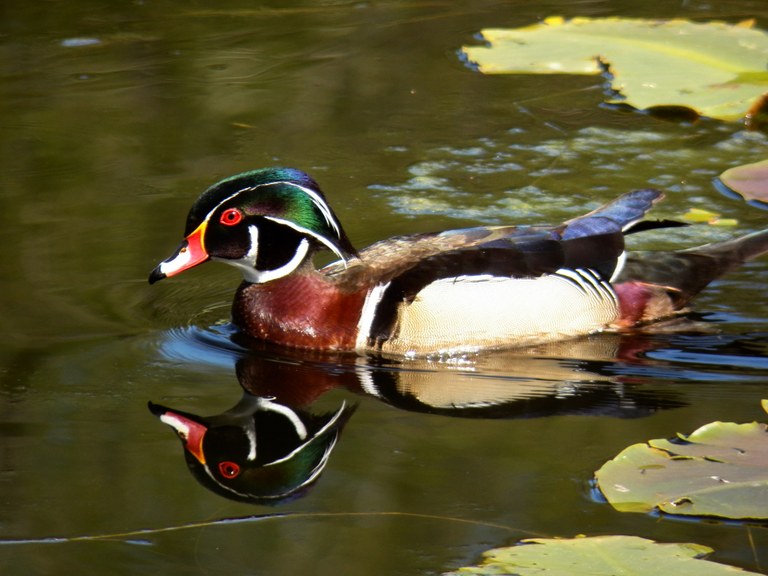
Photo By Bill Pittman
Pay attention: Learning bird calls can begin with simply being observant. When you head outside, take the time to really listen to the birds you hear. Kathryn suggests people try using a “sit spot” and simply listening for half an hour.
Start small: Before you head out on trail, do a bit of research and find a bird you are likely to hear. Then listen to that bird’s song. Try to make an association with the sound. What does the bird sound like to you? Thinking about that will help you remember the bird.
Take bird walks: One great way to learn bird calls is to go out with people who already know them. Your local Audubon chapter is a good place to start to find bird walks near you.
Keep learning: After you master one bird call, slowly add more.
Kathryn encourages everyone, even the most casual of birders, to take the time to learn at least a few bird songs.
“When you learn a bird call, it’s like learning to hear a specific instrument in the orchestra,” she said.
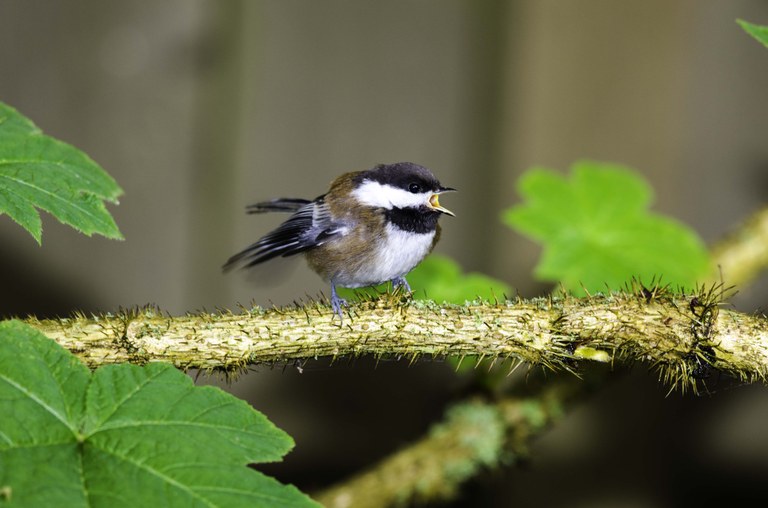
Photo By Al Dodson
Read the bird list: One great way to start learning birds is to look at bird lists. There are many regional checklists, some as specific as for single parks, and they tell you what birds you can see — and when. There’s a checklist for Seattle’s Seward Park, for example. Looking at such lists narrows down what you’re likely to see. Do a web search or check with your local Audubon to find lists.
Read trip reports: Hikers often mention wildlife, including birds, they spot on trail. They also often mention what is blooming. Check audubon.org/native-plants to see what birds might be attracted to those plants.
Use the resources: Guidebooks, of course, are a great resource to help you learn birds. Consider buying one specific to where you live. Apps also are useful. The Merlin app, for instance, is free and has a feature that can help you identify a bird if you take a photo of it.
Take a bird walk: Going out with enthusiastic birders is a great way to learn more. Look in your area for bird walks. Seward Park Audubon offers several bird walks, including Tweet and Treats, which is geared toward families.
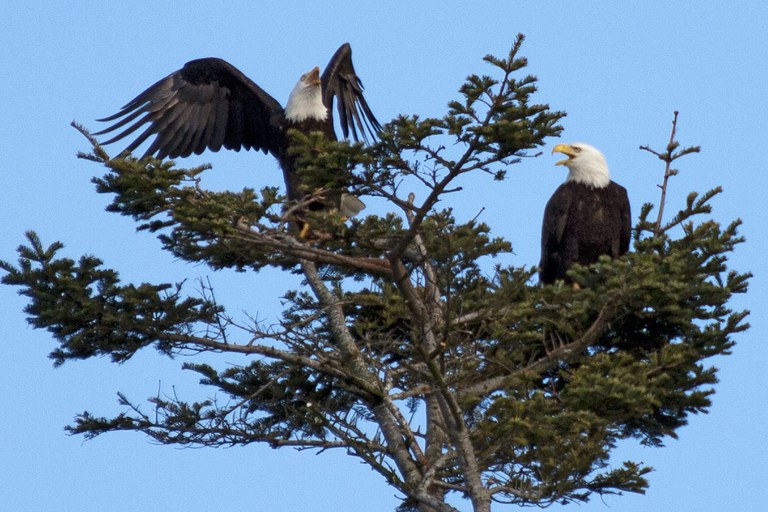
Photo By Mark Fenn
If you’d also like to get a good look at the birds you see on your hikes, a pair of binoculars is important. (And they’re fun for all sorts of wildlife watching, as well as simply admiring the view from a peak.) Here are some tips for choosing a pair.
Start with what you can afford: The cost of binoculars ranges from as little as $20 for a pair on sale to many thousands of dollars. While more expensive pairs will have advantages, of course, a less expensive pair will work well for casual birdwatching.
Try them out: You’ll want to ensure the binoculars fit comfortably in your hand and that they’re not too heavy. This is particularly important for kids. Also experiment with focusing at a variety of distances and looking into areas of shadow, to see how they behave in different conditions. (If you want to use your binoculars for things like viewing butterflies, a close focus is helpful.)
Look at the numbers: All binoculars will have two numbers, such as 8x42. The first number refers to the magnification, usually either 8 times or 10 times. A higher magnification will give you more detail, but it will also magnify any shaking of your hands. The second number describes the size of the lens. A higher number means your binoculars will gather more light, but may be heavier.
Consider their use: If your binoculars are for casual walks, you may be OK with a heavier pair. If you’re backpacking, you’ll probably want a lighter pair. (Kathryn has a pair she uses specifically for backpacking. She leaves her fancier, heavier pair at home.) Consider buying waterproof binoculars.
Consider the straps: Binoculars usually come with a simple neck strap. Consider buying a harness instead, which goes over both shoulders, is easier on your neck and is more secure.
Try a monocular: With a single lens, monoculars are lightweight and easy to use. They’re a great option for backpackers.
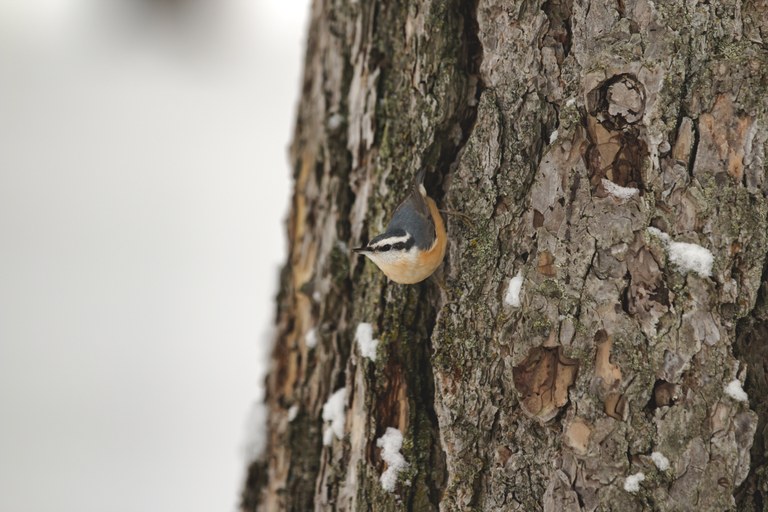
Photo By Taryn Graham
For this story, we visited with the smart and passionate folks over at the Seward Park Audubon Center. While we were at it, we asked some of their employees to tell us what their favorite bird calls are. Here's what they had to say.
Seward Park Audubon, located in Seward Park on the south side of Lake Washington, offers many programs designed to get people outdoors and excited about birds, and nature in general. Learn more about their event, including Owl Prowl, Toddler Tails and Trails and Morning Tweets and Treats on their website.
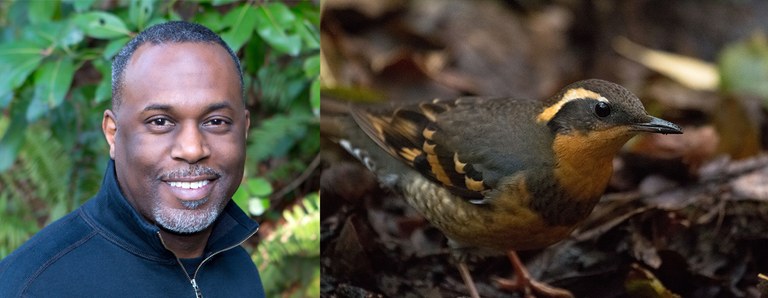
Joey Manson. Photo by Mick Thompson. Varied thrush. Photo by Peter Pearsall/U.S. Fish and Wildlife Service.
Varied Thrush (hear the call)
“I love this call because it is so loud and seems like it can be heard from blocks away.”
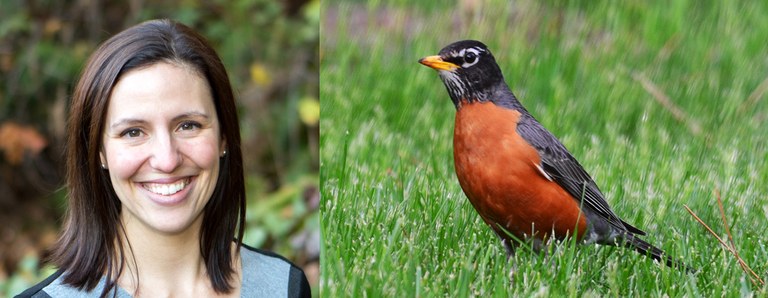
Marina Pita. Photo by Mick Thompson. American robin. Photo by Courtney Celley/U.S. Fish and Wildlife Service.
American Robin (hear the call)
“The American Robin’s cheery up, cheerio call is so uplifting after the long gray winter… it finally lets me know that spring has arrived.”
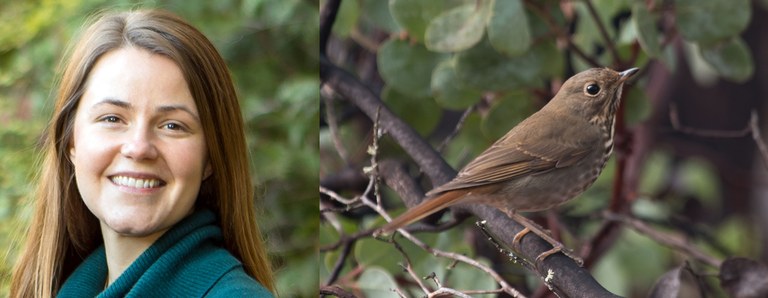
Charley Wilkinson. Photo by Mick Thompson. Hermit thrush. Photo by Peter Pearsall/U.S. Fish and Wildlife Service.
Hermit Thrush (hear the call)
“The call of the Hermit Thrush has an ethereal quality and you hear it when you are in really beautiful forests.”